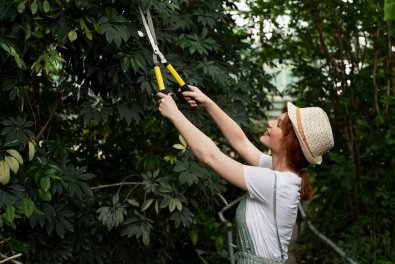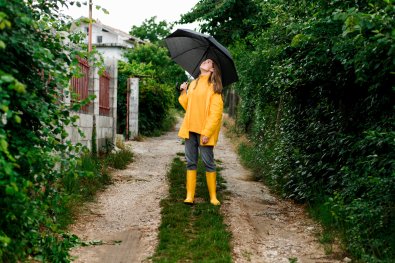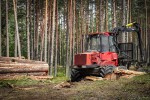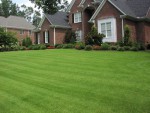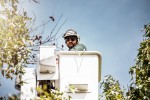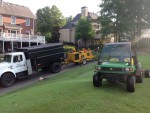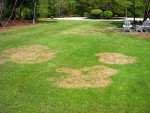Invasive Plants That Can Harm Your Trees
Did you know non-native plant species can threaten your landscape and surrounding natural ecosystems? While carefully curated gardens are essential to prevent invasive species, understanding the different species and how they spread can help you mitigate the negative effects on your yard and the community. Since not all non-native species are bad, Sesmas Tree Service can help you choose the right ones for your area. We leverage extensive expertise and knowledge to help you eliminate invasive species and recommend strategies to manage the spread of existing invasive plants.
What is an Invasive Plant?
Invasive species refer to plants that are not originally from where they are planted. As stated, not all non-native plants are invasive. However, some can spread uncontrollably, competing for nutrients and water with native plants. According to tree service providers, the most common reasons invasive plants spread include prolific seeders, fast and dense growers, and hardy varieties. Let’s delve into some of the invasive plants to look out for on your property.
Purple Loosestrife
The purple loosestrife is originally from temperate Asia and Europe. Since it was introduced to the U.S. in the 1800s for medicinal and ornamental use, it now grows invasively across the country. If you don’t act quickly, these plants can become dominant, competing for vital nutrients with other plant species. It is advisable to consult a tree care company for native alternatives to consider, ensuring a healthy and balanced landscape.
Japanese Honeysuckle
As the name suggests, this plant species originates from Eastern Asia. Like the latter, it was introduced in the 1800s for medicinal and ornamental purposes. Unfortunately, the Japanese Honeysuckle is invasive in most states today, producing millions of seeds annually that are dispersed by the wind. This aggressive vine smothers and girdles other vegetation, prompting immediate action to avoid further damage or tree removal emergencies in Alpharetta, GA.
Japanese Barberry
The Japanese Barberry is originally from Japan and was introduced to the United States as an alternative to the European Barberry. Unlike the European species that hosts Black Rust Stem, the Japanese species is a heavily fruiting shrub with dense thickets that can overwhelm native species. If you want to enjoy a lush yard without worrying about fungus or overcrowding, hire a tree service provider to recommend and plant safer alternatives.
Norway Maple
The Norway maple is a species from Europe that was introduced in the U.S. in the 1750s because of its high adaptability and dense foliage for shade. Despite the advantages, the Norway maple displaces native species, like the sugar maple, causing deterioration and emergency tree removal services. In addition, the vast canopy can shade out flowers in your garden, compromising the growth and health of your garden in the long run.
English Ivy
Introduced in the 1700s, the English Ivy is an easy-to grow groundcover species from Europe. The English Ivy is an aggressive vine that kills trees slowly by restricting light, leading to deterioration and poor growth. In severe cases, it can cause tree death; hence the need to address unwanted growth quickly before the damage worsens. If you notice English Ivy growing in your yard, consult a reputable tree care company for safer alternatives like creeping phlox, creeping mint, and Allegheny spurge.
While the list of invasive plants is not limited to the ones mentioned, you can use this information to make informed landscaping decisions. As a homeowner, maintaining lush and durable trees goes a long way in enhancing curb appeal and the overall quality of your property. Contact us at Sesmas Tree Services and talk to our certified arborists to learn more about invasive and non-invasive species.


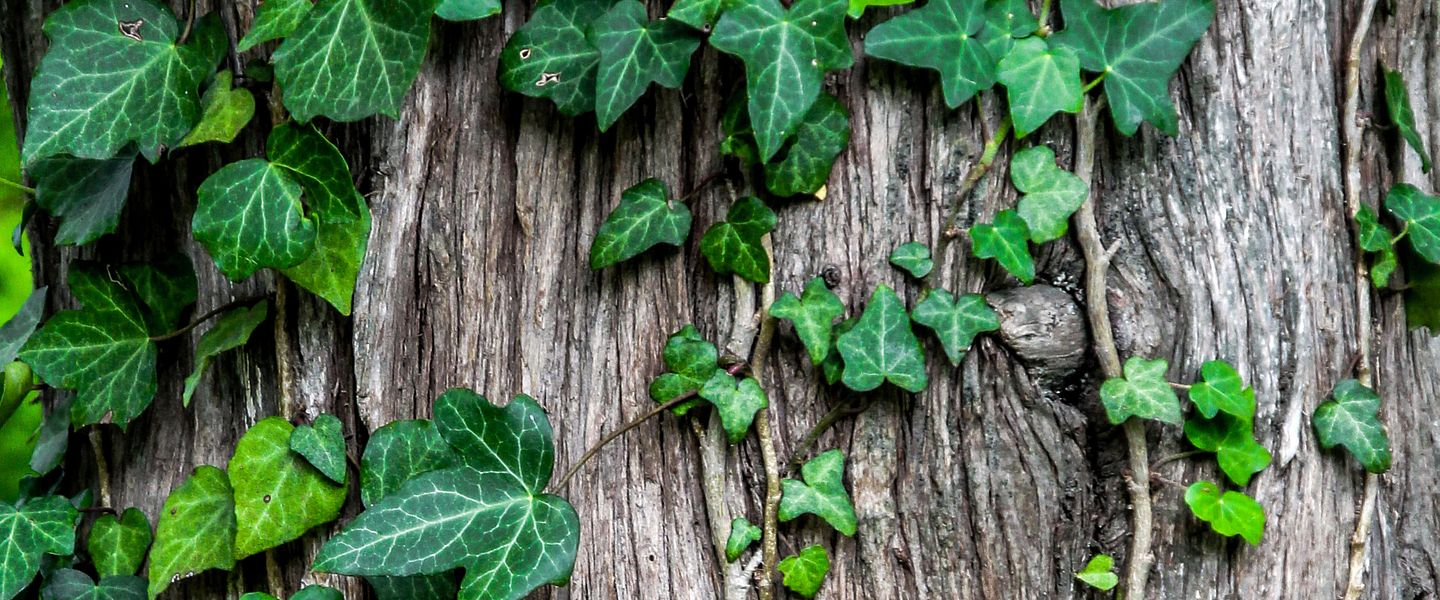
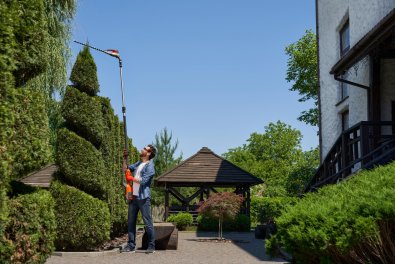
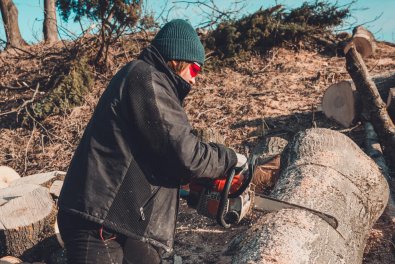
.jpg)
